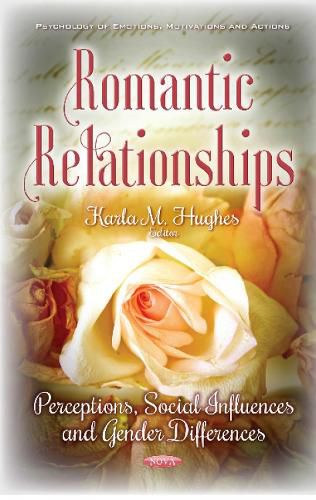Readings Newsletter
Become a Readings Member to make your shopping experience even easier.
Sign in or sign up for free!
You’re not far away from qualifying for FREE standard shipping within Australia
You’ve qualified for FREE standard shipping within Australia
The cart is loading…






In the first chapter, the authors analyse questionnaire data that revealed how romantic love, gender, family, and religion influence attitudes toward children. Chapter Two focuses on the uses of Tinder, romantic choice decision making in Tinder and the impact of the app in facilitating a different way of dating. Chapter Three investigated the interaction between gender and romantic experiences on closeness to parents and friends for adolescents. Chapter Four explores computer-mediated communication (CMC) in heterosexual young adult romantic relationships, and presents the results of an empirical study in which core relational and personality constructs were hypothesised to link to participants interpretations of and reactions to CMC. The main results obtained so far by mathematicians in modeling romantic relationships are reviewed in Chapter Five. Though relationships with friends and family members contribute to well-being, some research suggests that the quality of ones romantic relationships has a significantly greater effect on happiness. Chapter Six concluded the book by discussing this research.
$9.00 standard shipping within Australia
FREE standard shipping within Australia for orders over $100.00
Express & International shipping calculated at checkout
In the first chapter, the authors analyse questionnaire data that revealed how romantic love, gender, family, and religion influence attitudes toward children. Chapter Two focuses on the uses of Tinder, romantic choice decision making in Tinder and the impact of the app in facilitating a different way of dating. Chapter Three investigated the interaction between gender and romantic experiences on closeness to parents and friends for adolescents. Chapter Four explores computer-mediated communication (CMC) in heterosexual young adult romantic relationships, and presents the results of an empirical study in which core relational and personality constructs were hypothesised to link to participants interpretations of and reactions to CMC. The main results obtained so far by mathematicians in modeling romantic relationships are reviewed in Chapter Five. Though relationships with friends and family members contribute to well-being, some research suggests that the quality of ones romantic relationships has a significantly greater effect on happiness. Chapter Six concluded the book by discussing this research.